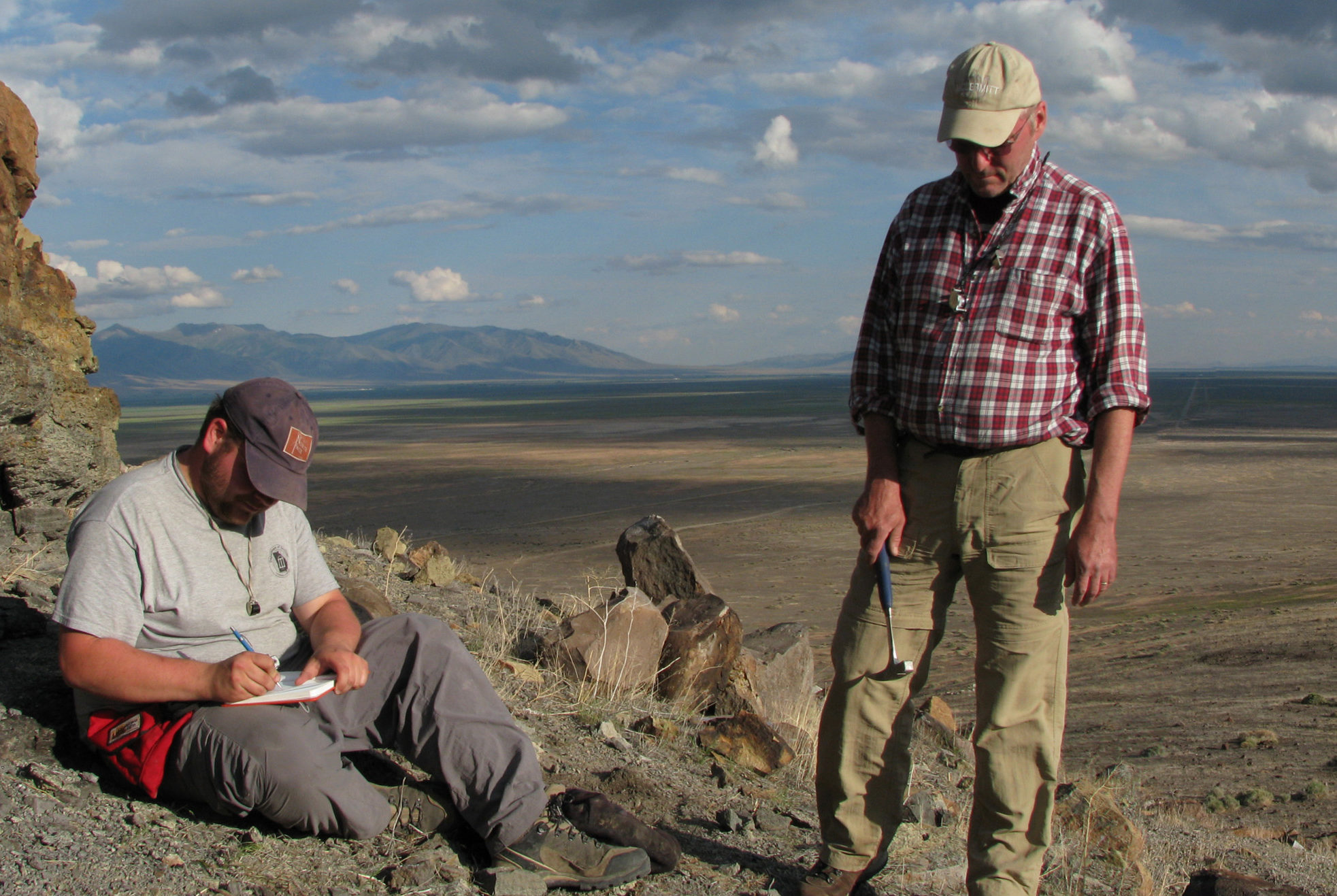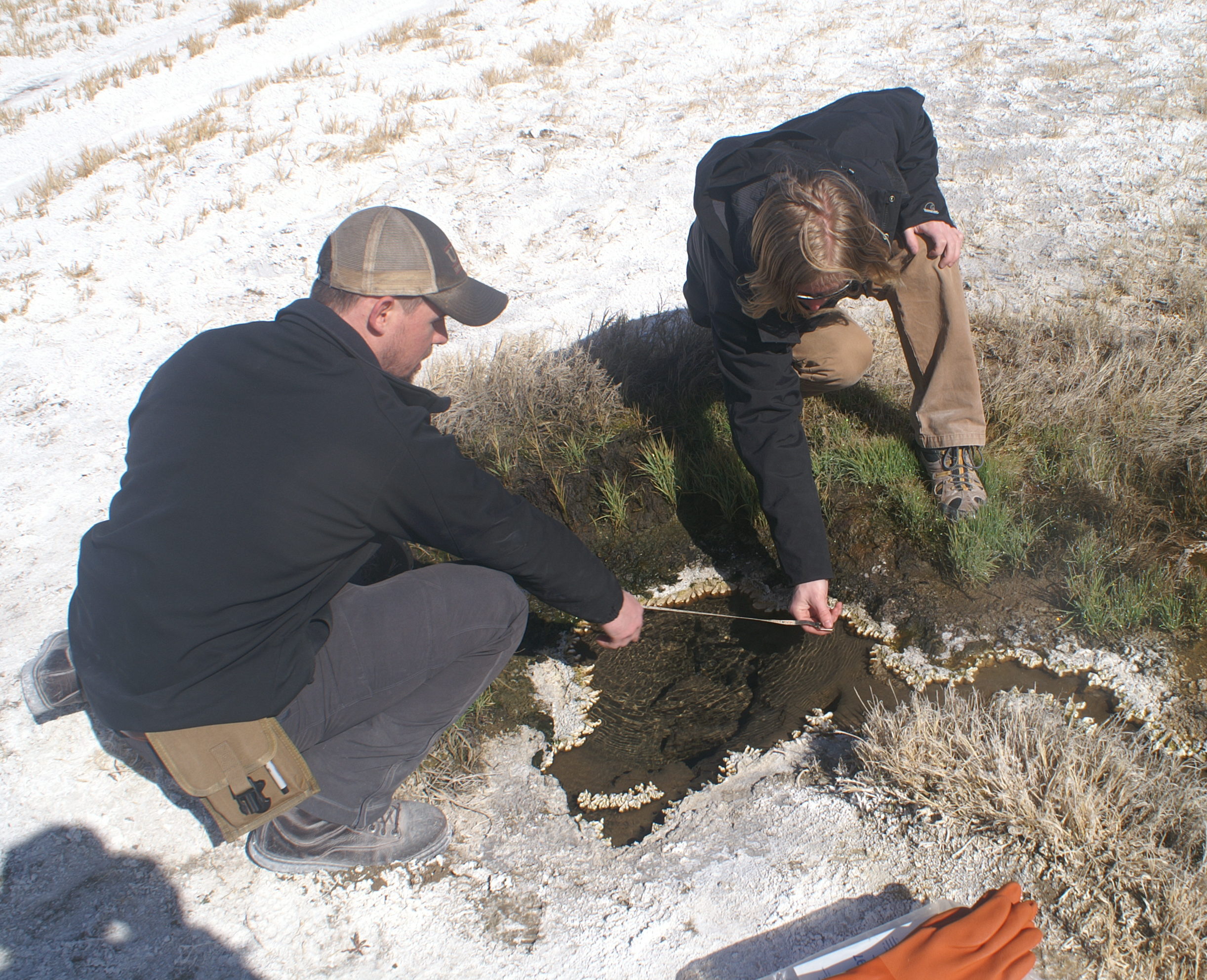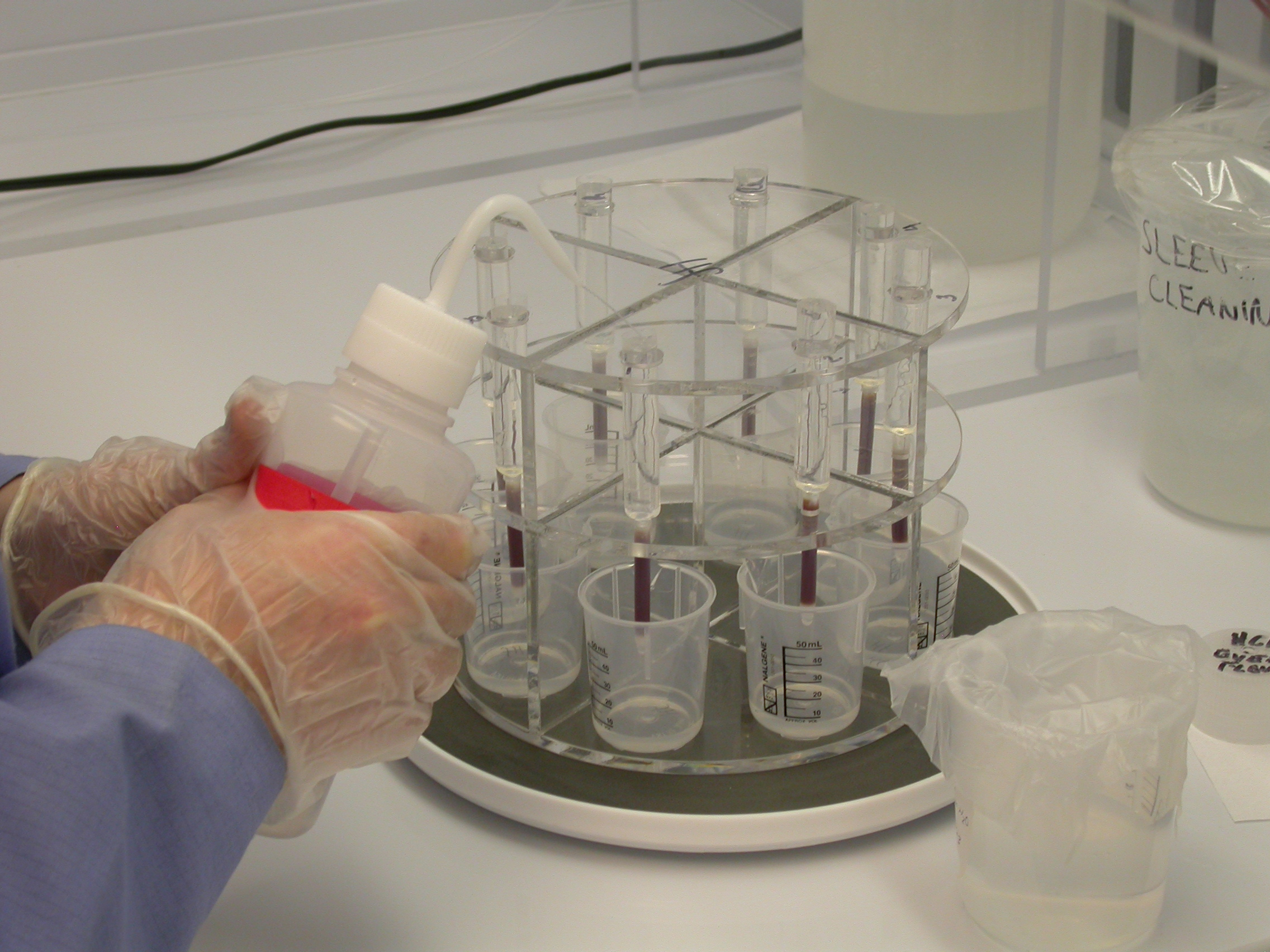Program Description
Ph.D. research in Geology focuses on fundamental questions in the Earth Science Sciences ranging from how Earth formed, how it has evolved through time, and how it operates and is changing today.
The Ph.D. in Geology often involves extensive fieldwork and prepares students for both academic and other professional careers in a broad variety of geoscience fields including geomorphology, field geology, groundwater and hydrogeology, sedimentology, geochemistry and geophysics, mineralogy and petrology, plate tectonics, volcanology, and the geospatial exploration of Earth and other planetary bodies.
Our geologists and geoscientists leverage NASA and NSF-funded research to explore both terrestrial and planetary geosciences using our in-house, cutting-edge analytical laboratories (see: Radiogenic Isotope & Geochronology Laboratory and the Peter Hooper GeoAnalytical Lab).
Specializations are offered in:
- Sedimentology-Stratigraphy
- Structural geology – Tectonics
- Mineralogy-Petrology-Geochemistry
- Hydrogeology-biochemistry
- Geophysics-Geodynamics
If you are interested in pursuing an Ph.D. in Geology in SoE and being mentored by one of our faculty members, begin by first visiting their website and contacting them directly.
Objectives
By working and training with these leading geologists and Earth scientists, the Ph.D. in Geology will:
- result in a dissertation that will be a significant contribution to the science of geology and the broad geosciences
- be worthy of publication in referred international journals
Program requirements
- 72 hours minimum of total credits consisting of:
- 15 hours minimum of graded course work at 500 level if student has an M.S. Or 17 hours minimum of graded 500-level coursework if student has only a B.S.
- 9 hours maximum non-graduate 300/400 level graded course
- 20 hours minimum of SOE 800 – 1 credit during each semester enrolled except summer
- Courses taken for audit or courses graded Pass/Fail may not be used on the program of study.
- Preliminary exam
- Dissertation
- Final oral exam
- Dissertation defense
Preliminary Qualifying Exam
Each student is required to pass a preliminary examination to become a candidate for the Ph.D. degree. This examination will be taken after most of the required coursework has been completed, as determined by the dissertation committee, and upon submission of a dissertation research proposal, usually after the second year in the program. It will consist of a
written exam followed by an oral defense, the format of which will be determined by the individual committee. Both will focus on the student’s major area of competency, courses taken, and the subject matter of the proposed research.
If the student fails to pass the examination after the allowed number of attempts, SOE will recommend to the graduate school that the student be disenrolled from the program.
Developing a Program of Study
Each student will develop a program of study in cooperation with a Supervisory Committee that includes their Faculty Advisor as Chair. The program of study is a plan for your classwork and research credits throughout the rest of your program.
The program of study form is an official form with due dates (see below). You may find the form here.
Pullman, Puyallup, and Tri Cities Students: Programs of study are due by a specific date in your third semester of study. These dates are October 1st if your third semester is during the fall, and March 1st if your third semester is during the spring. These are firm deadlines, set in place by the Graduate School.
Vancouver Students: Your program of study is due at the end of your 2nd semester.
As preparation for a Preliminary Examination, a core curriculum must be completed through preceding and/or new coursework that will yield competencies in areas determined by their faculty advisor in accordance with program bylaws and the most recent graduate student handbook.
[Photo credits: Banner photo: View of the Earth from orbit on the International Space Station. Source: Wikipedia. Author: Alexander Gerst (Geophysicist – ESA Astronaut) License: CC BY-SA 2.0]



